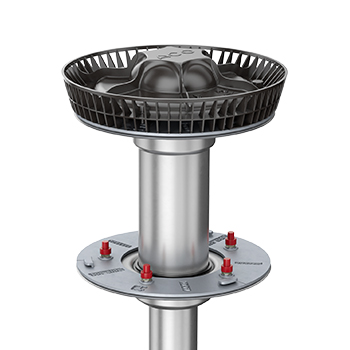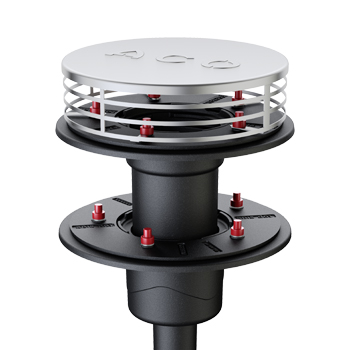Siphonic roof drainage portfolio

Stainless Steel Flat Roof Drainage System
- Modular system for siphonic drainage
- Additional components for green roofs
- Suitable for large roof areas of 150 square metres or more
- Can be used as emergency drainage

Cast Iron Flat Roof Drainage System
- Flat roof gully for siphonic drainage
- Additional components for green roofs
- Long-term resistance to weathering
- Fire protection: cast iron offers a high level of safety
- Support from planning to execution

Attic Stainless Steel Roof Drainage System
- Modular system for gravity or siphonic drainage
- High-quality stainless steel (1.4301) for durability
- Available in DN 50, DN 70, DN 100
- 45° upstand for bitumen or 90° upstand for plastic sealing membranes
ACO Pipes
- Stainless steel ACO pipe system
- Designed for gray and black water, rainwater and industrial waste water drainage applications
- Suitable for siphonic and gravity drainage solutions
- Double lip seal push-fit connection for easy and reliable installation
- Resistant to thermal and dynamic shocks
- Fast, reliable and cost-effective installation
- Sagging-proof, non-combustible, rodent-proof
Further details on design principles and calculation can be found in our Compact knowledge: Flat Roof Drainage

